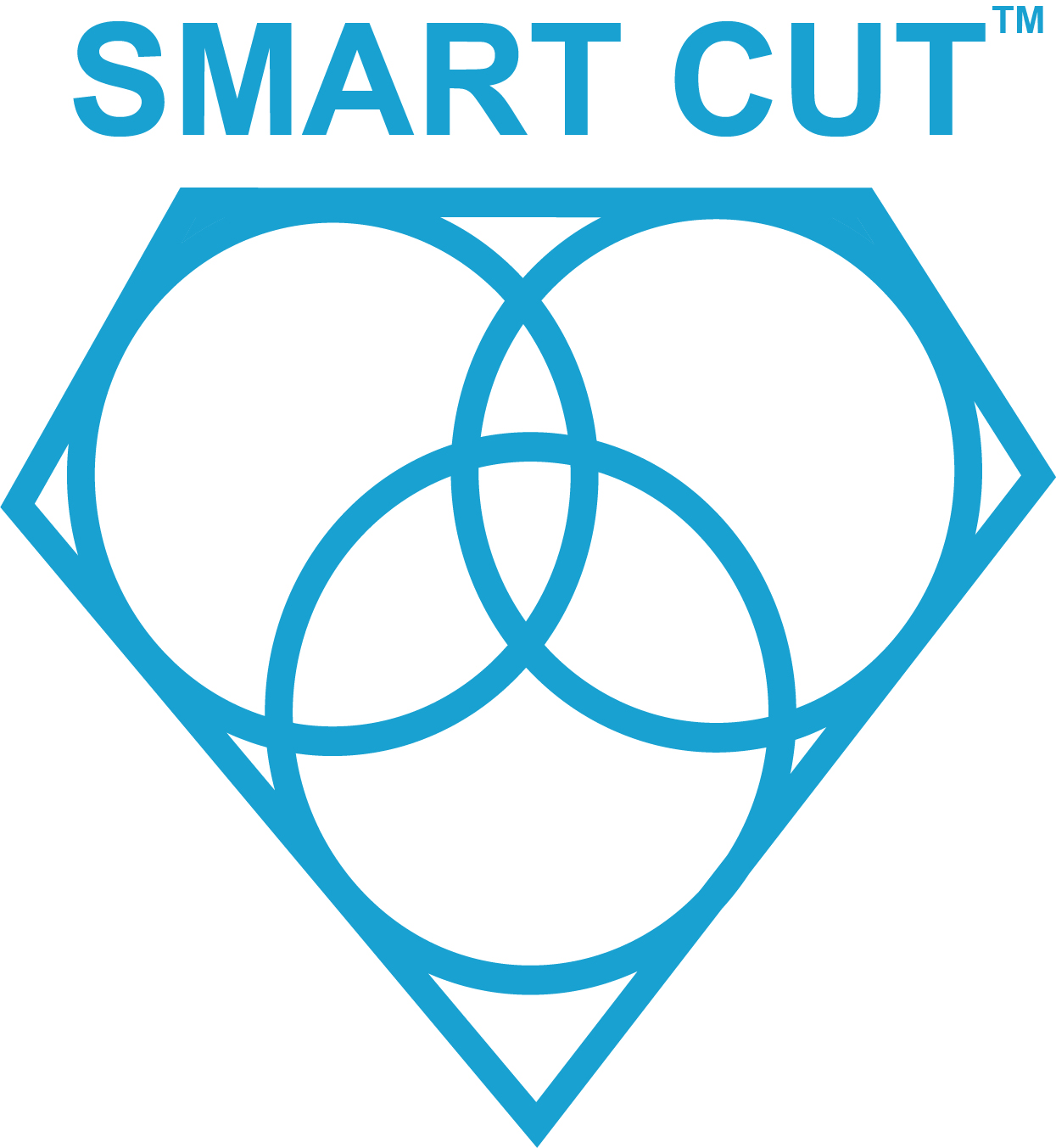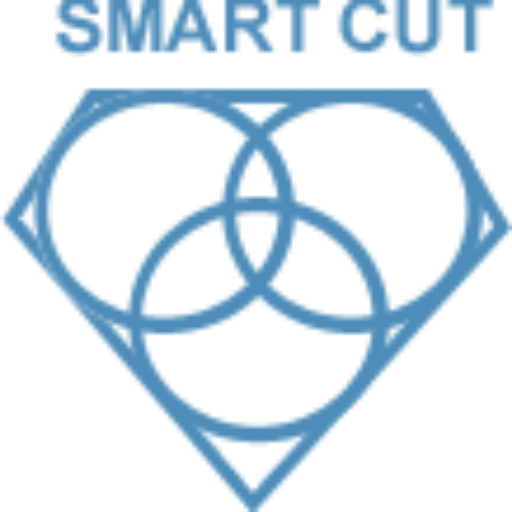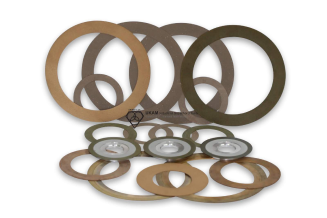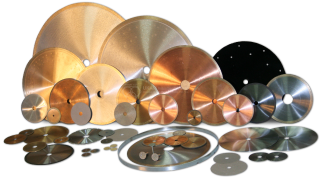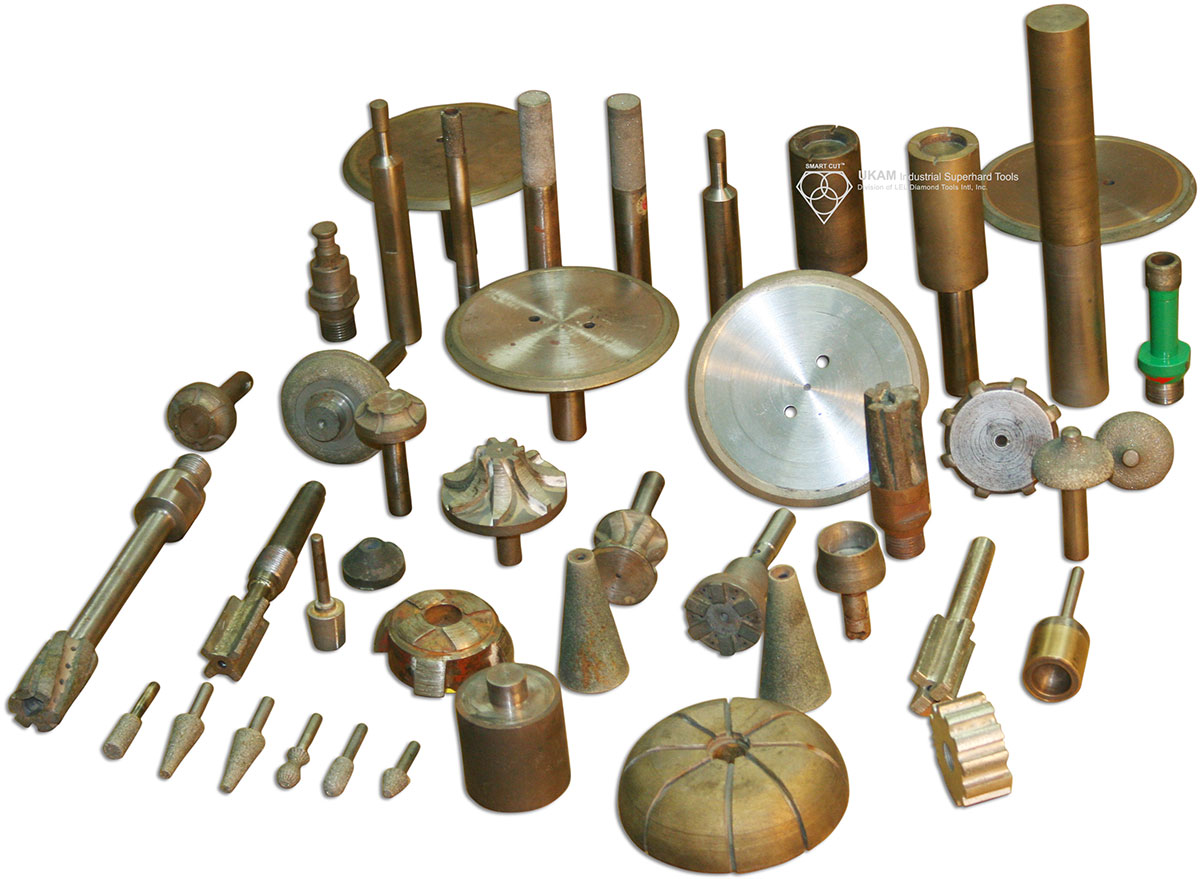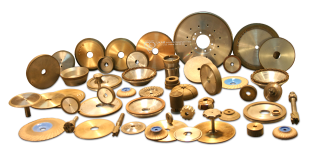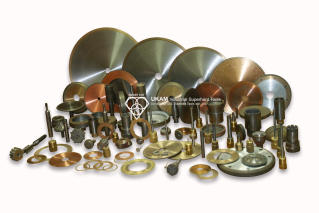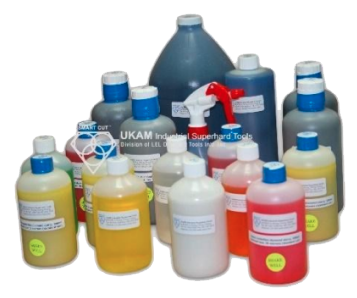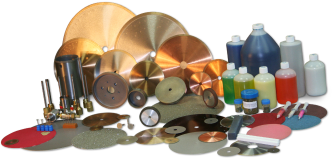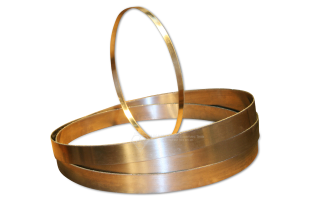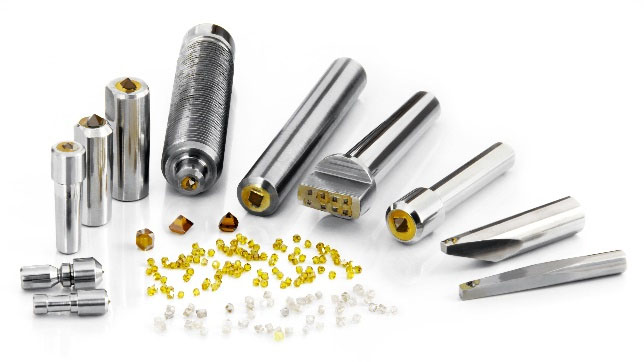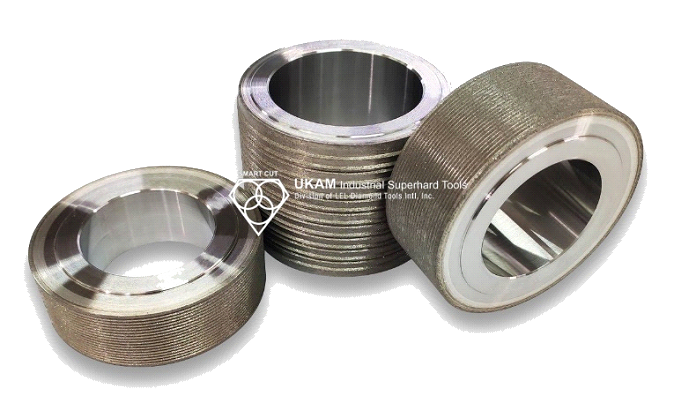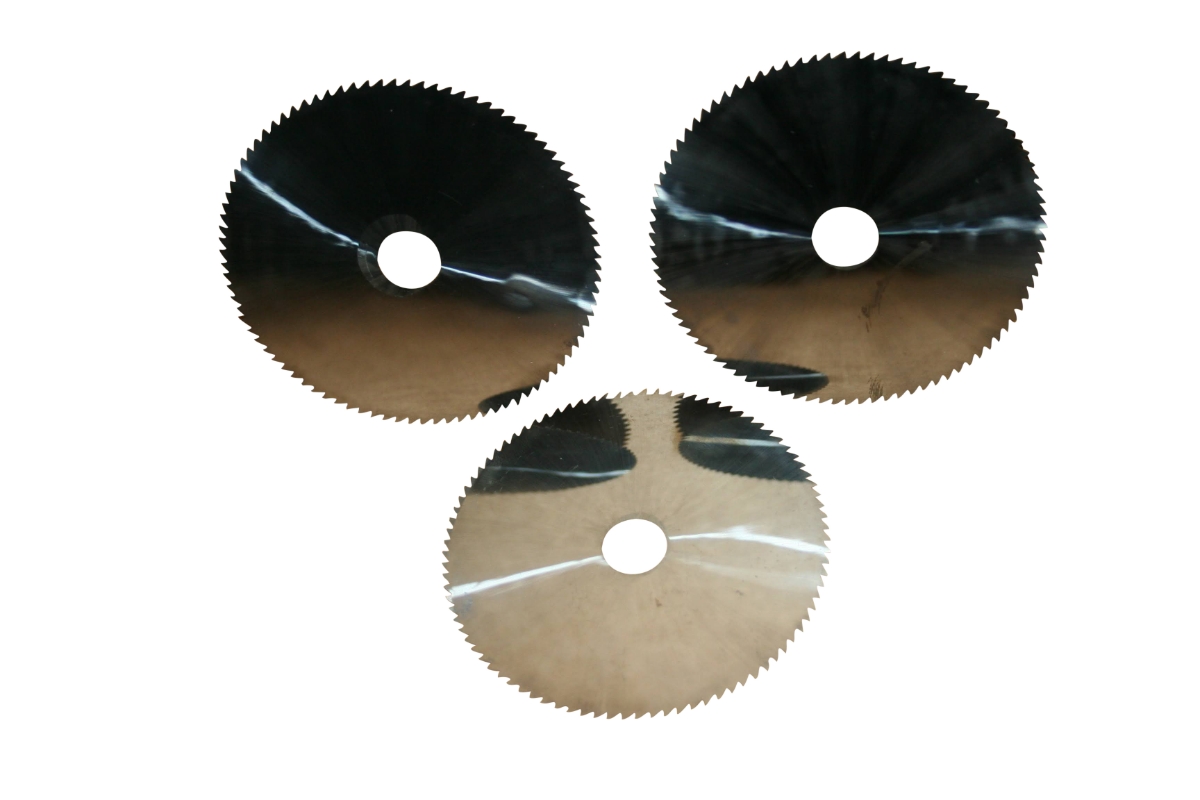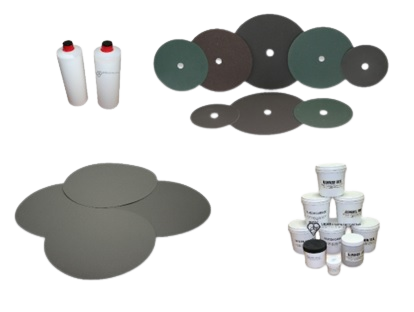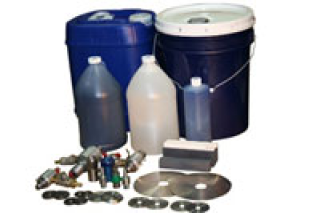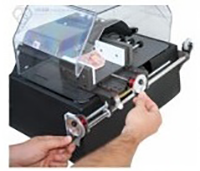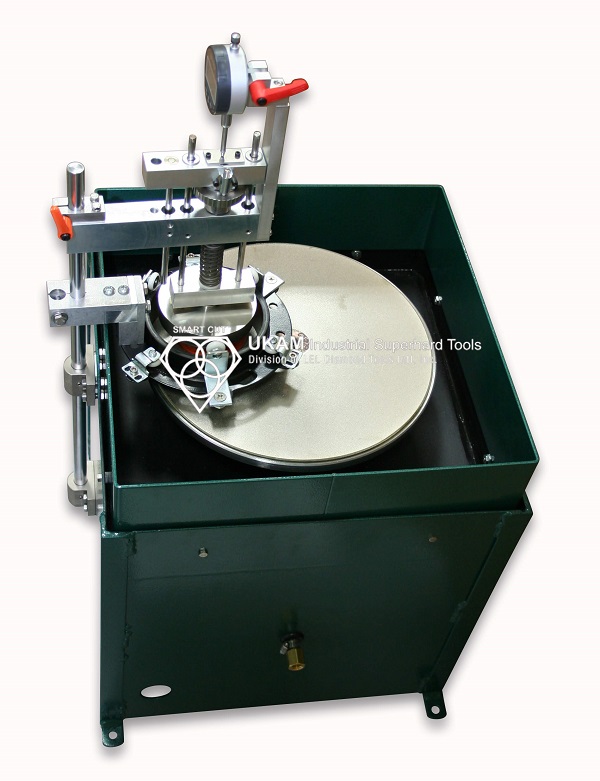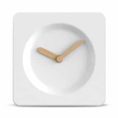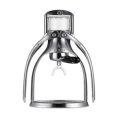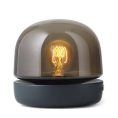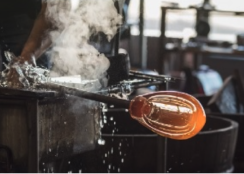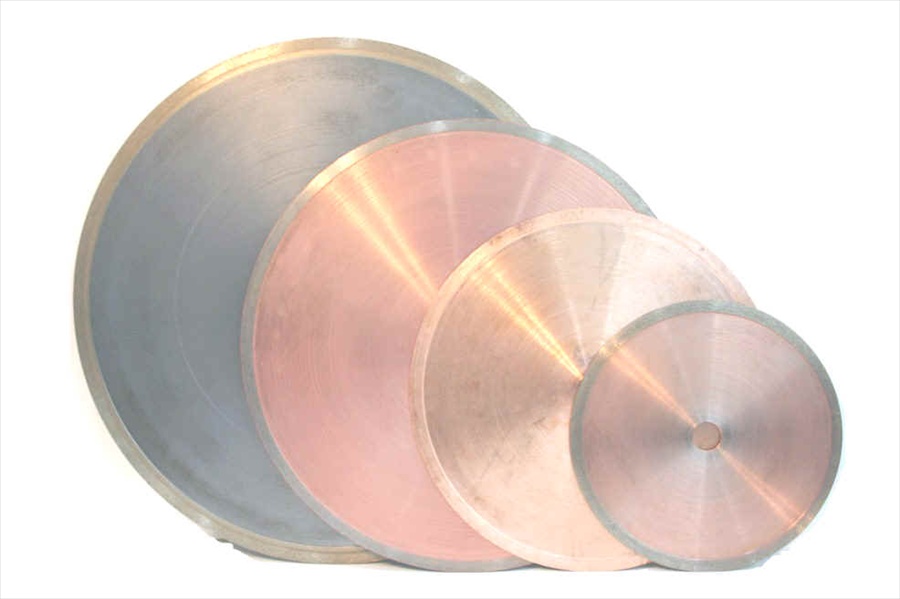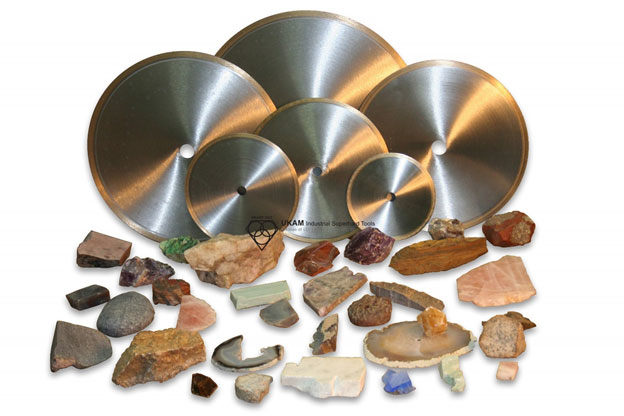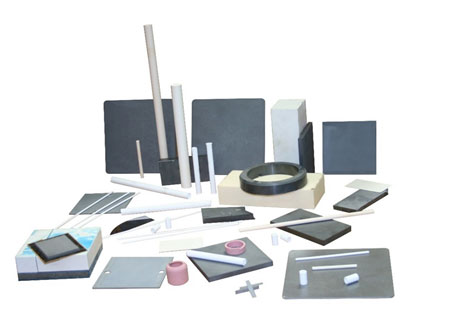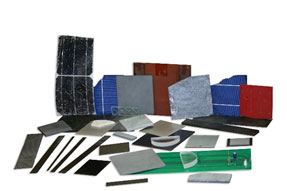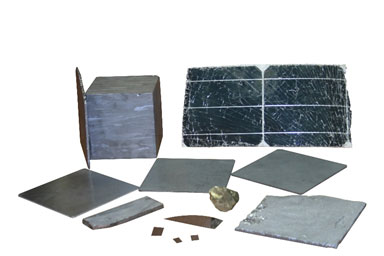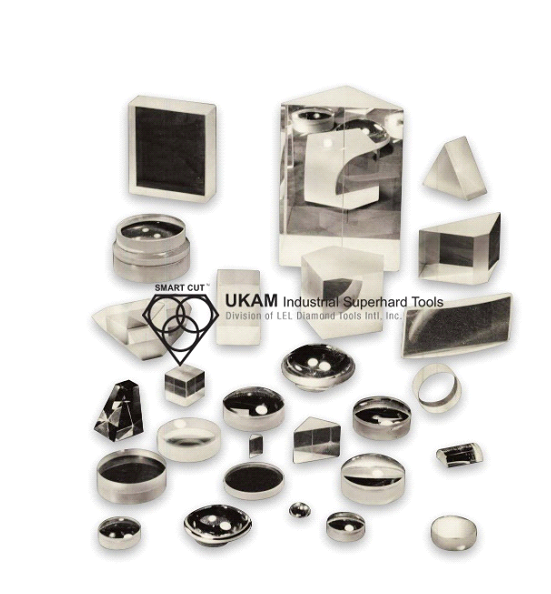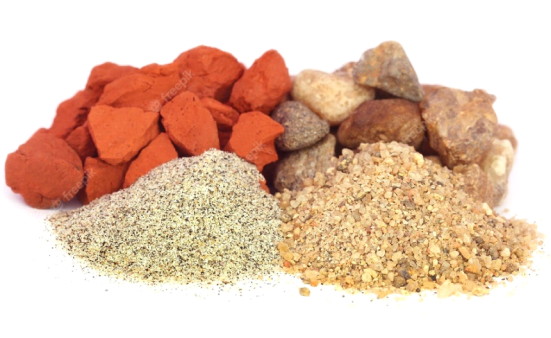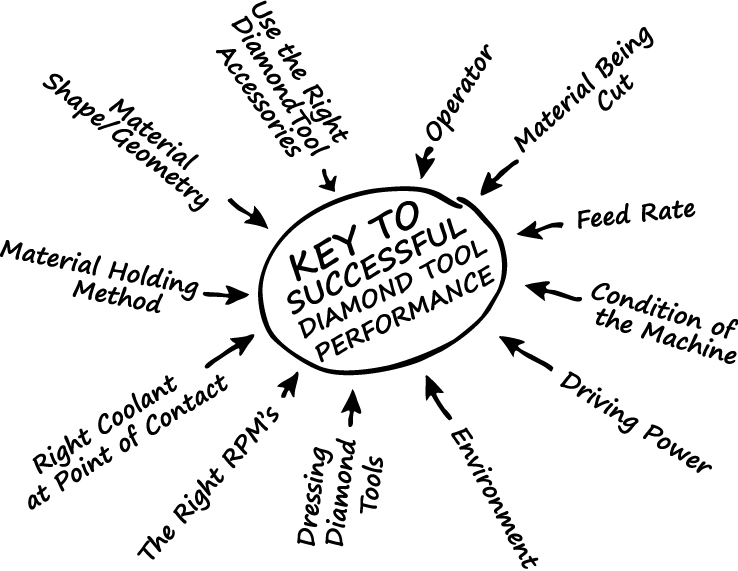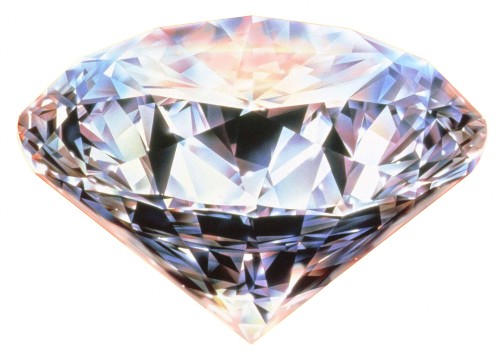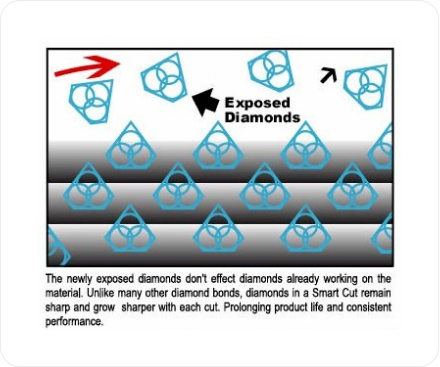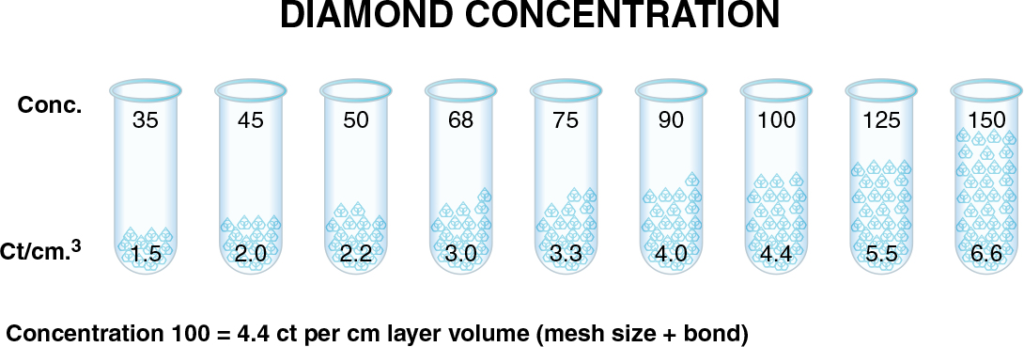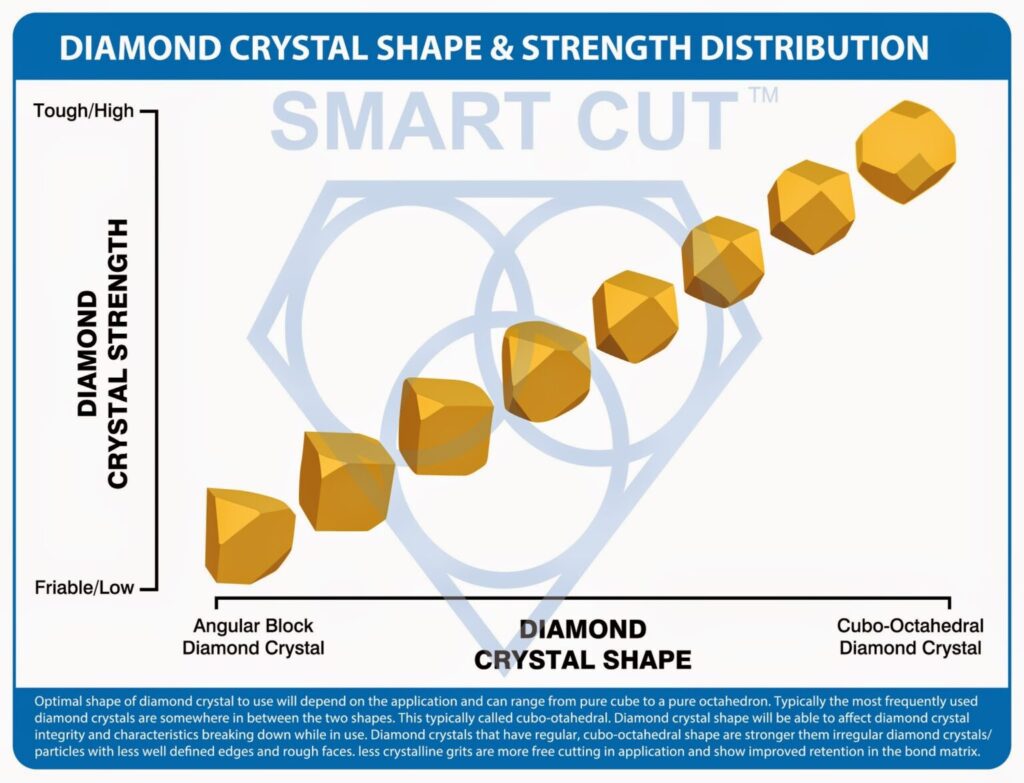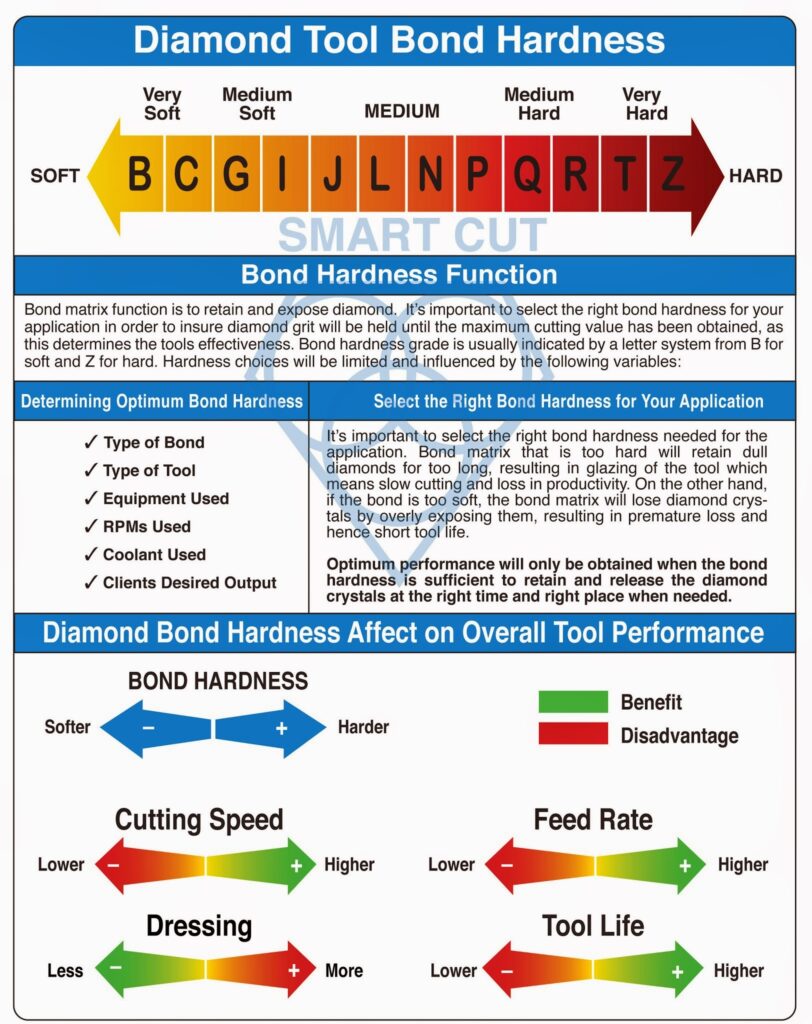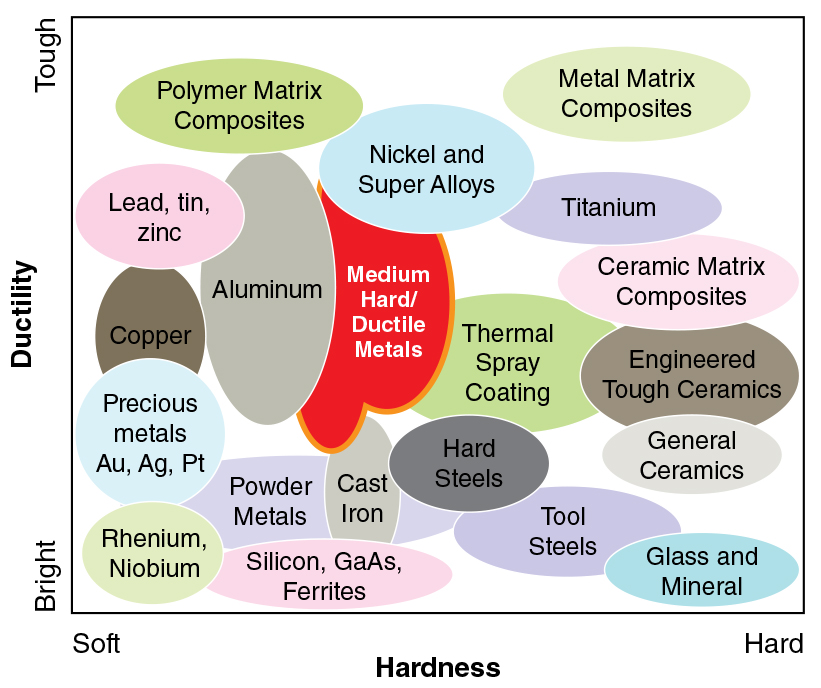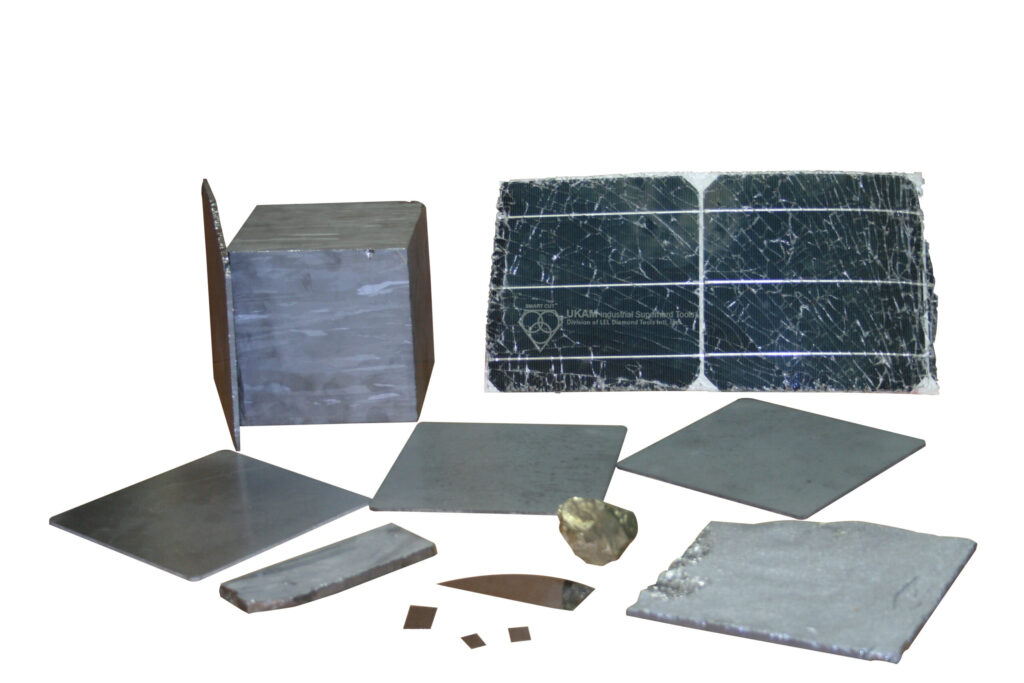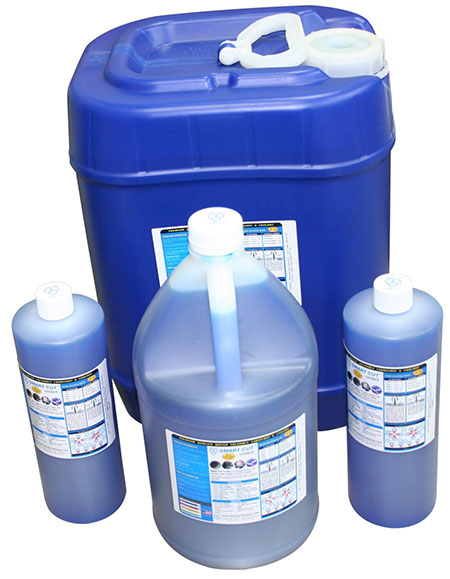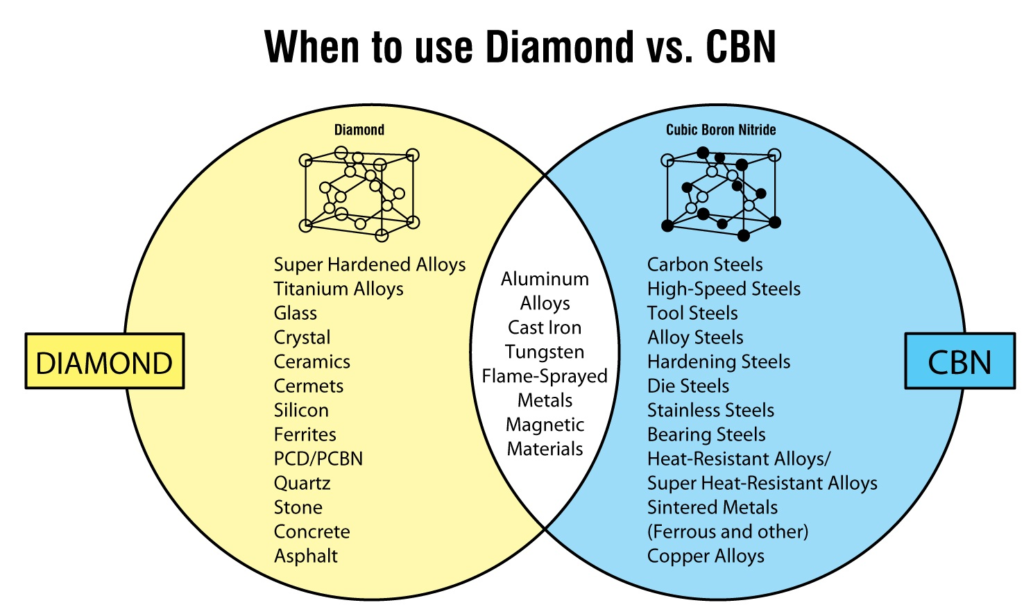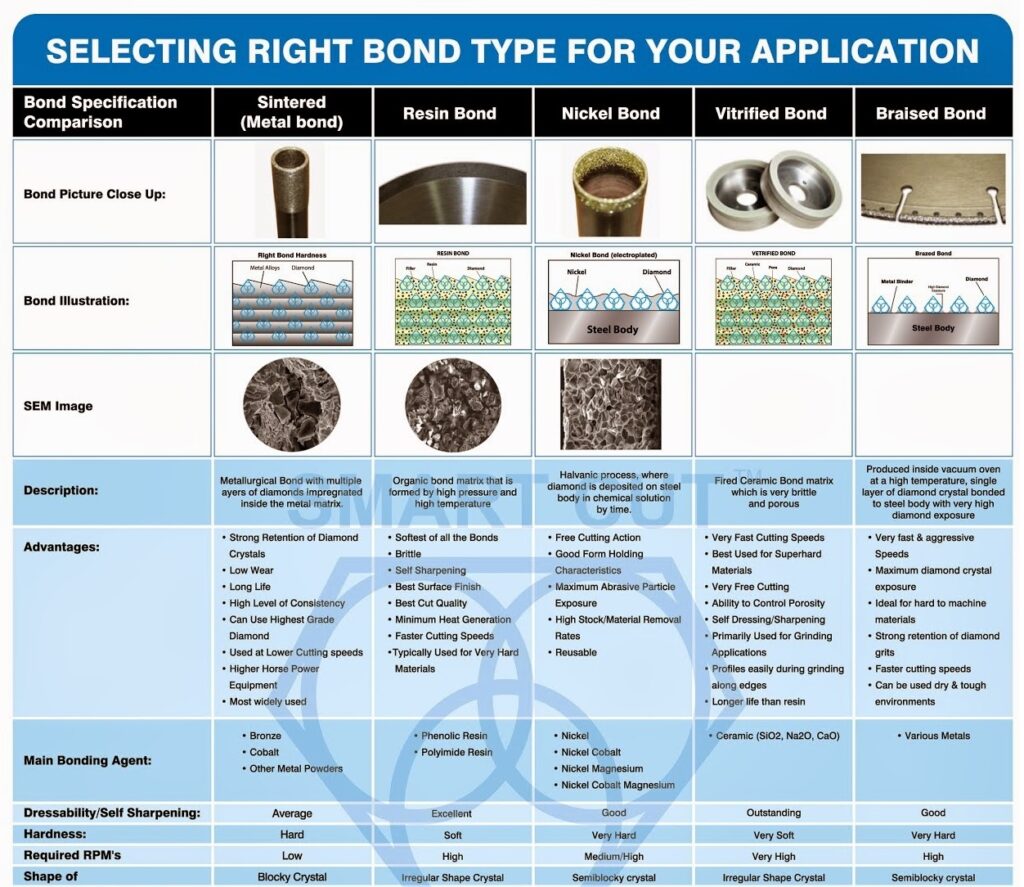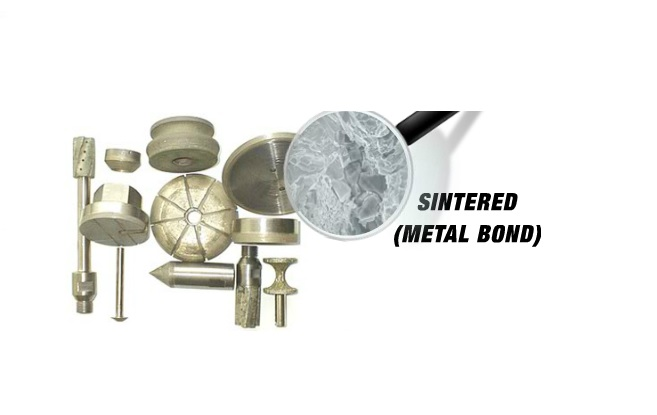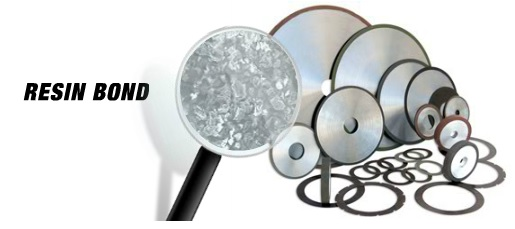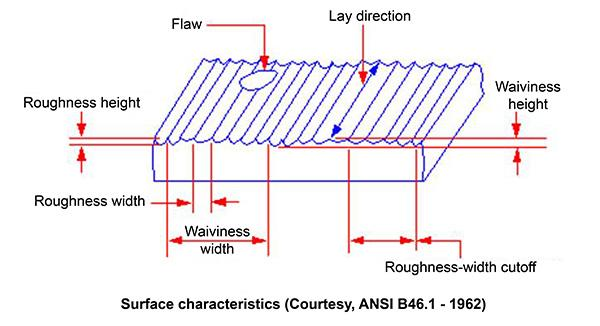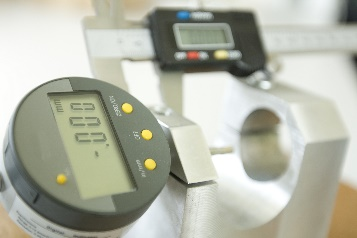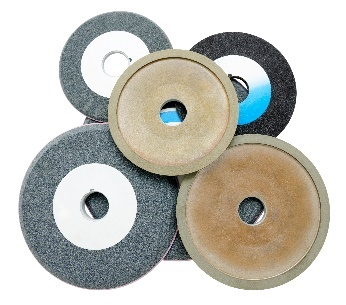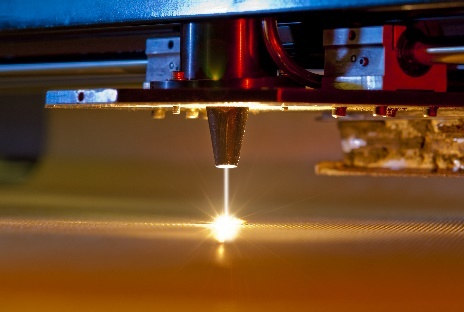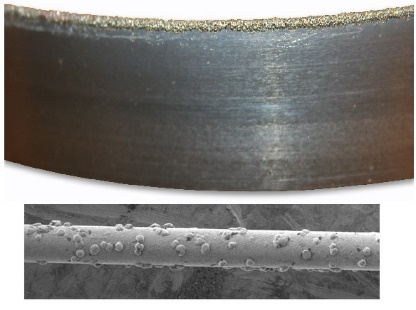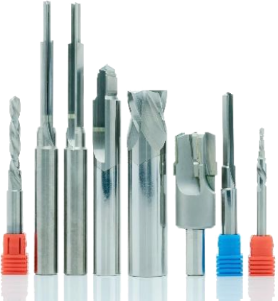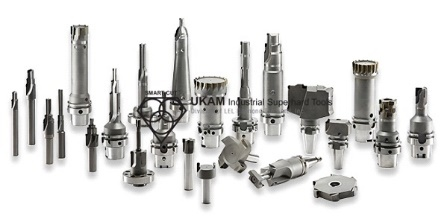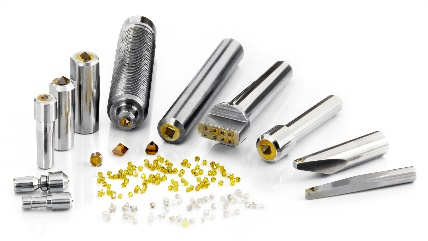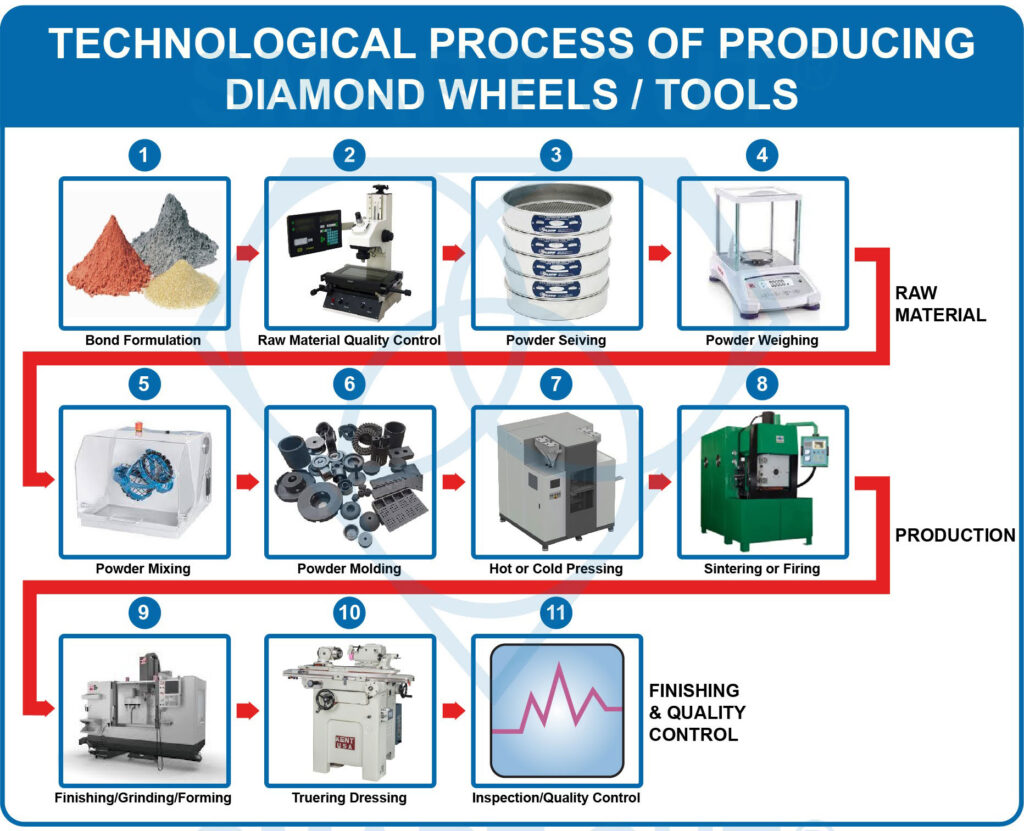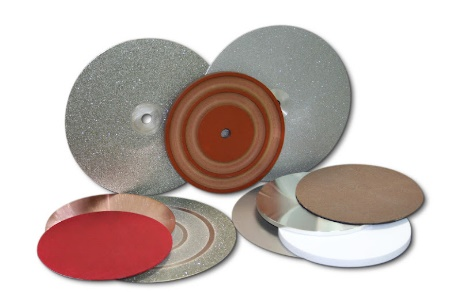Dressing is the process of sharpening & exposing diamond particles in bond matrix in order for the diamond particles to freely penetrate into the material, minimize loads, and provide good cut quality.
most important pieces of the puzzle in successful and optimal tool usage equation that is often overlooked
Dressing in conjunction with proper coolant application is one of the most important pieces of the puzzle in successful and optimal tool usage equation, that is often unfortunately overlooked, misunderstood and underappreciated. Eventually all diamond tools will need to be dressed, regardless of the material being cut.
Dressing can be compared to regular maintenance on your automobile. This has to be done in order to keep your automobile running in optimum condition. If you skip on changing the oil or doing tire rotation, the car will intermittently start having problems picking up speed and eventually stop altogether. On the other hand if you properly maintain your automobile, you will save it will serve you for many years
Diamond Tools must be used with diamonds exposed properly through frequent dressing. Otherwise, the diamond tool will glaze over. They will begin to tear rather than grind which is very destructive. Tearing caused from unexposed diamonds creates friction. This causes uneven wear and heat cracks in the diamond tool as well as material being machined. Resulting in premature diamond tool wear, blade tensioning problems, and will eventually destroy the diamond tool. The more a diamond tool is dress the cooler it will cut..
Another reason for dressing blades is to clean a loaded blade from debris that is filling the pores between the abrasive particles. Cutting into the dressing plate creates mechanical and thermal stress and thus produces clean surface
It is important for the diamonds to be well protruded and exposed in order to easily penetrate into the material. Diamond Tools that are poorly dressed will tend to push the material, creating high loads, high cutting temperature/heat, and poor cut quality. This can also cause tool breakage. There are no specific recommendations or guidelines on when or how often a diamond tool should be dressed. How frequently and when to dress will depend on large variety of variable such as bond type, type of tool, bond hardness, diamond grit size, concentration of the tool. As well as application factors such as material (hardness, density, porosity, material diameter and shape/geometry) cut depth, equipment and coolant used, rpm's.
Signs a Diamond Tools Needs Dressing:
-
 Slow Cutting
Slow Cutting
-
 Not Cutting
Not Cutting
-
 Material or Tool starts to Burn
Material or Tool starts to Burn
-
 Chipping or Cracking of Material
Chipping or Cracking of Material
-
 Sparks Coming from Cutting Zone
Sparks Coming from Cutting Zone
-
 Tool not Cutting True
Tool not Cutting True
Advantages of Proper Dressing Process:
-
 Cut Faster
Cut Faster
-
 Cut Freer
Cut Freer
-
 Minimize Load
Minimize Load
-
 Improve Cut Quality/Surface Finish
Improve Cut Quality/Surface Finish
-
 Obtain more Consistency
Obtain more Consistency
-
 Increase Tool Life
Increase Tool Life
-
 Increase Diamond Crystal Exposure
Increase Diamond Crystal Exposure
-
 Make Sure the Tool is Running True
Make Sure the Tool is Running True
-
 Produces Right Material Geometry
Produces Right Material Geometry
-
 Improve Tolerances
Improve Tolerances
-
 Increase Output
Increase Output
-
 Reduce Cost
Reduce Cost
When to Dress?
The diamond tool user/operator should use their best judgment in determining when and how to dress the diamond tool being used. A good rule of thumb to remember: when you notice cutting rate/speed is significantly slower than when the tool was first used, this is a good sign the tool you are using needs to be dressed. Dressing is like medicine for the tool. It will usually solve most of the problems that can arise and generally improve the overall condition of the tool. Usually only few passes into the dressing stone is all that is needed. However, for more serious situations as when the tool is seriously glazed over and stops cutting altogether, as many as 20 passes into this dressing stick may be required to correct the problem
Resin bond diamond tools have a soft binder and in most cases will require minimum dressing, if any at all. Resin bond tools are typically dressed in the material being cut. This is why they are frequently called “self dressing bond”. Nickel bond and sintered (metal bond) tools have a much harder binder and much more aggressive dressing is needed in order to achieve desired objective.
Nickel bond diamond tools require dressing fairly minimal amount of dressing, as they have only one of few layers of diamond coating held with higher exposure by layer of nickel. Where sintered (metal bond) diamond tools have hundreds of layers of diamond impregnated inside metal matrix. This bond family will require periodic dressing to make sure the bond is wearing at consistent rate and diamond crystals remain sharp and exposed. Vitrified bond diamond tools generally do not require dressing as they have similar properties to dressing sticks themselves. However at times due to ruing conditions of specific tool specification, these type of bond tools may require some dressing as well.
Whats the Difference between Truing and Dressing?
Truing is the process of grinding or wearing away of diamond bond matrix, so that the tool will run concentric with the axis of rotation. Dressing is the process of opening the bond face, exposing sharp diamond crystals to provide maximum performance & cutting efficiency. Providing faster, freer cutting speed. The truing process usually leaves the surface of the tool smooth with little or no diamond crystal protrusion or clearance for chip generation and removal. Diamond tool in this condition would burn and remove little to no material. Dressing is the process of removing some of the bond matrix from the surface of a trued tool in order to expose the diamond crystals and make the tool work more efficiency.
Diamond tools must be both trued to and dressed on the machine on which it will be used. This will guarantee two things:
a.) diamonds will be thoroughly exposed
b.) diamond tool will be “true in running (T.I.R.)” on your machine
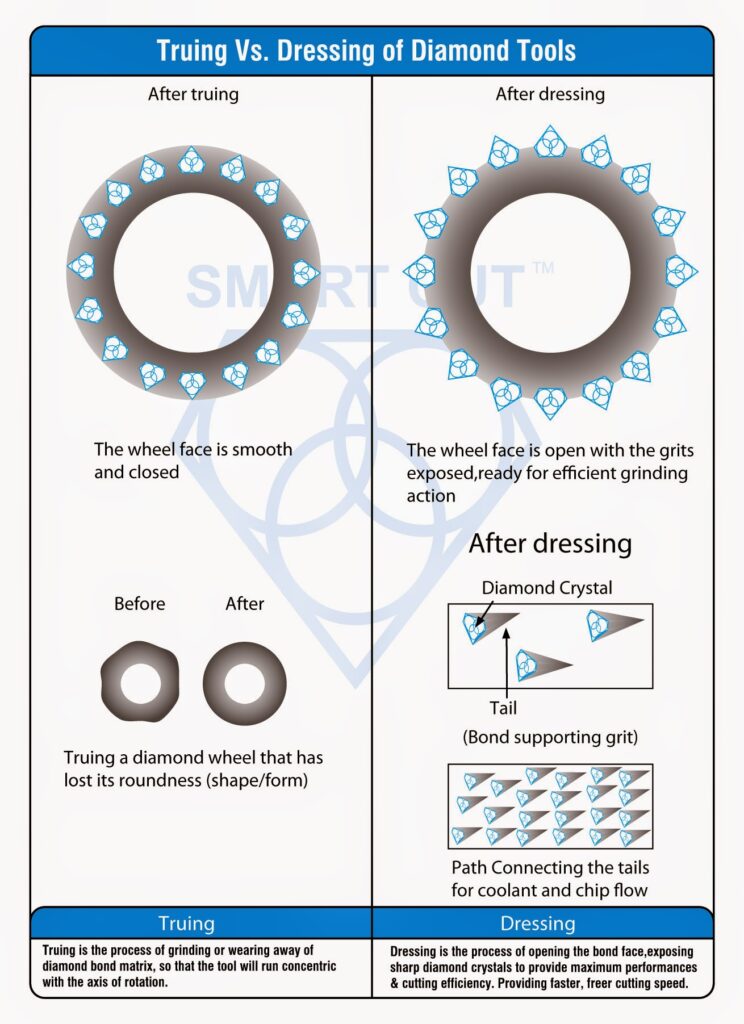
Remember that every machine runs differently. And even if the diamond tool is trued at the factory, it can still “run-out” of tolerance when you place it on your machine. Blades must be trued and drills must be indicated in. Truing a tool is the operation of squaring a tool so it runs within your tolerances. This may be done with a hard stone that will knock diamonds out. This operation differs from dressing. It is still necessary to dress the tool after truing as the diamonds will no longer be sticking-up.
After truing the diamond tool, it is important to dress it to make sure the diamonds are exposed. The diamonds must be sticking up “exposed” from the bond matrix. If this is not accomplished, you will experience difficulty with your new diamond tool. A diamond tool that is thoroughly dressed will have diamond “tails” extending from the back of the diamond. Your diamond tool is now “directional”. This means it should always run in the direction the leading edge of the diamond, away from the tail. So the sharper, leading edge of the diamond can achieve desired cutting action.
Dressing the Blade Properly:
Diamond blades require dressing. This means that the protective matrix around the diamond must be removed and reposed before the blade can cut effectively. Please refer to the instructions that came with the blade to see if this step is necessary. If so, place the dressing stick on the table in front of the blade; cut through the dressing stick several times. Doing so will remove the protective coating from the blade. Now it is ready to use. See section 11 for more information on dressing
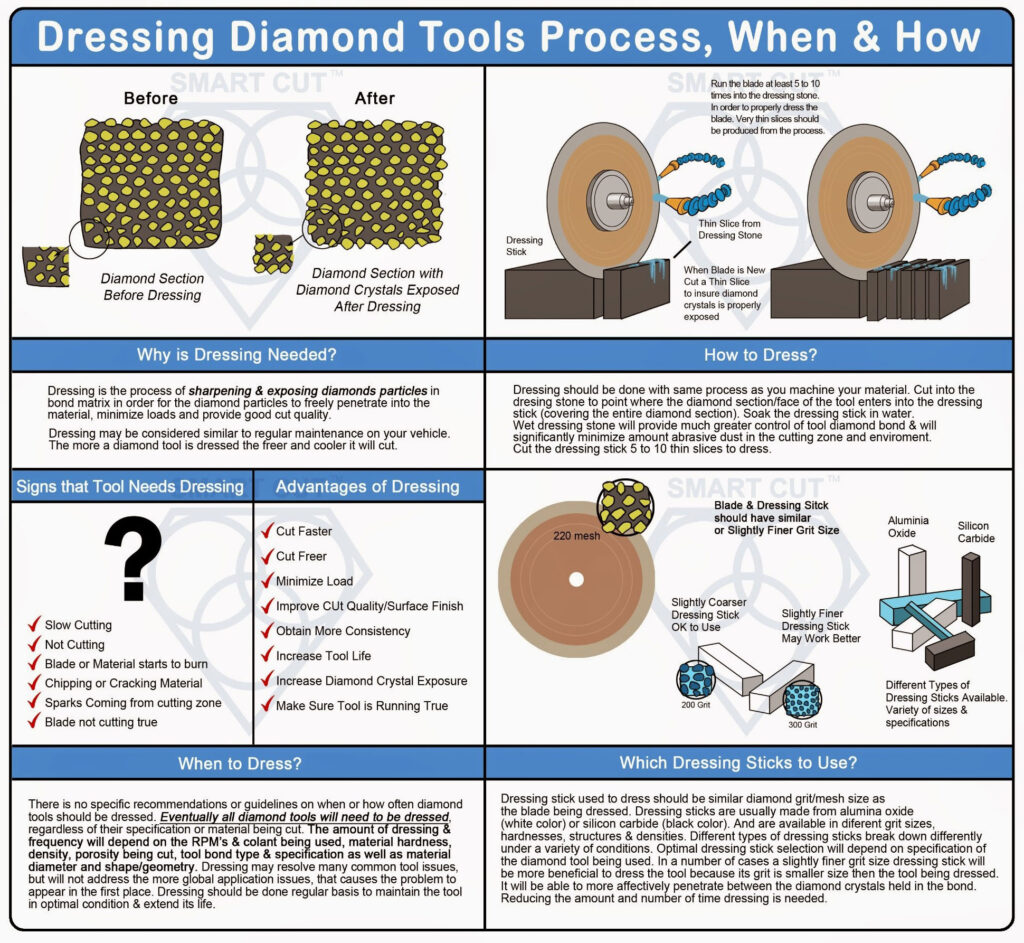
When and how often should I dress my diamond blade?
There are no specific recommendations or guidelines on when or how often wafering blades should be dressed. The sectioning saw operator should use their best judgment in determining when and how to dress the blade being used. A good rule of thumb to remember: when you notice cutting rate/speed is significantly slower than when the blade was first used, this is a good sign the blade you are using needs to be dressed. Eventually all diamond blades will need to be dressed, regardless of the material being cut. The amount of dressing a blade will require will depend on the material hardness, density, porosity being cut, as well as material diameter and shape/geometry.
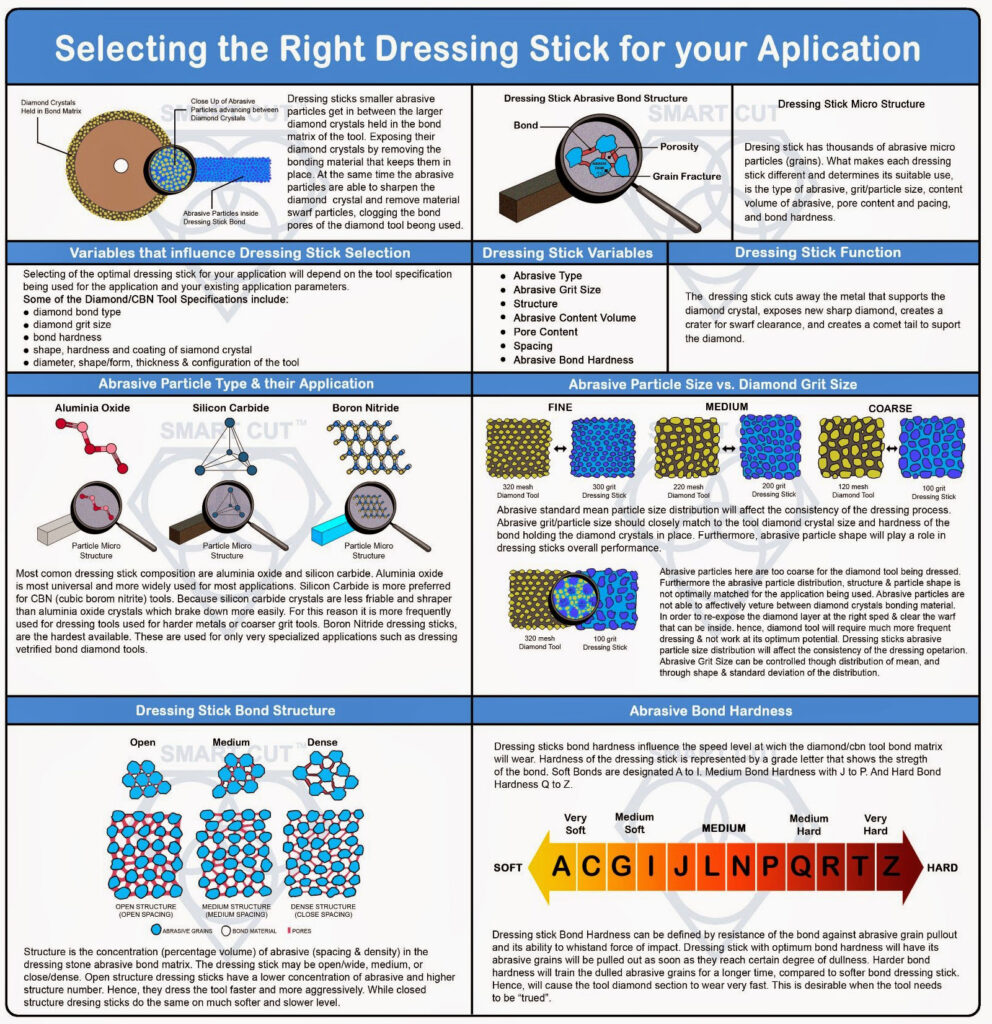
Dressing will re-sharpen and re-expose the diamond crystals/particles in the blade bond matrix, as well as unload the blade from material debris covering the diamond section surface. When cutting very soft and gummy materials such as plastics and some epoxy filled composites, the blade will have to be dressed more frequently than when cutting ceramics and other ultra hard and brittle materials.
At same time, when cutting large diameter materials where the wafering blade is taken almost to its maximum cutting capacity, for example cutting 1” (25.4mm) of material with a 5” blade, the blade should be dressed continuously during its operation. Doing so will help prevent “build up” on the blade edge and keep the blade from binding up.
Continuously dressing sintered (metal bond) and resin bond wafering blades will not in any way reduce the life of the blade. Dressing will most likely increase the life of the blade, avoid possible blade damage/wreckage, and optimize your sectioning operation.
Section 11 - BLADE DRESSING
Dressing is the process of sharpening & exposing diamond particles in bond matrix in order for the diamond particles to freely penetrate into the material, minimize loads, and provide good cut quality. Another reason for dressing blades is to clean a loaded blade from debris that is filling the pores between the abrasive particles. Cutting into the dressing plate creates mechanical and thermal stress and thus produces clean surface.
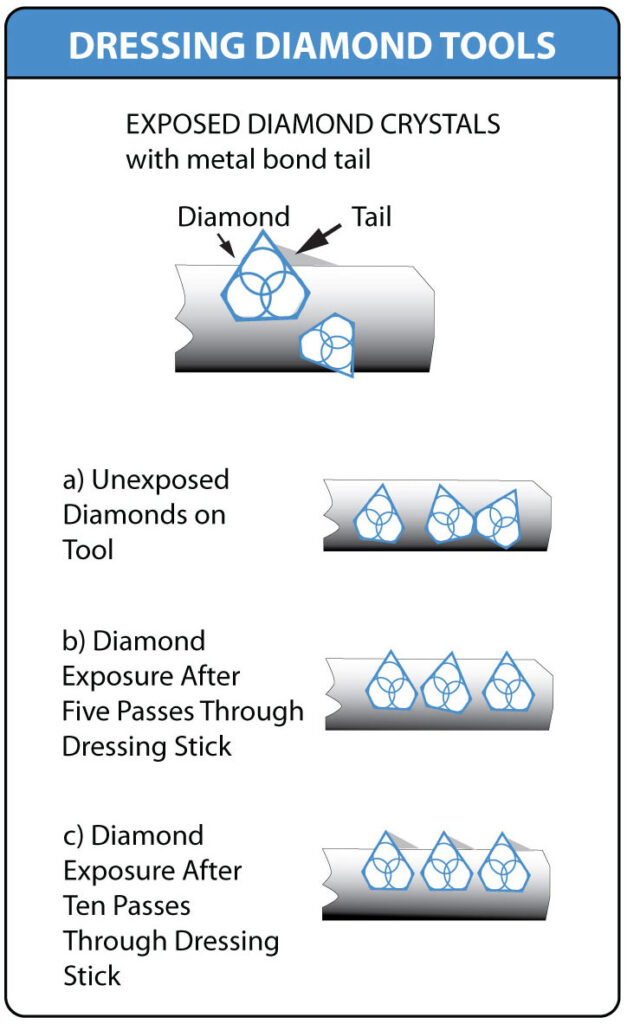
being cut. Wafering/sectioning blades that are poorly dressed will tend to push the material, creating high loads, high cutting temperature/heat, and poor cut quality. This can also cause blade breakage.
Resin bond wafering/sectioning blades have a soft binder and in most cases will require minimum dressing, if any at all. Resin bond wafering/sectioning blades are typically dressed in the material being cut. This is why they are frequently called “self dressing blades”.
Nickel bond and metal bond blades have a much harder binder and much more aggressive dressing is needed in order to achieve the above mentioned goals. Nickel bond wafering/sectioning blades require dressing.
It is important for the diamonds to be well protruded and exposed in order to easily penetrate into the material
RECOMMENDED DRESSING PROCESS
Dressing procedures are established by the end user and based on experience and the application concerned. There is not one common method that applies to all applications.
Dressing stick used to dress the blade should be same or similar diamond grit/mesh size as the wafering blade being dressed. Many sectioning saws are equipped with automatic dressing chuck that allows the user at the push of a button to forward the dressing stock slowly into the rotating blade as it is sectioning a sample. This insures the blade is continuously dressed as it cuts through the sample. This process is highly recommended especially for cutting soft and gummy samples/materials such as plastic mounted resins that typically tend to smear or gum up the blade.
For best results we recommend that the dressing stock used matches the dimensions of the sample as closely as possible. When sectioning ultra hard and dense materials such as silicon nitride, it is a good idea to implement a secondary dressing process. Dressing the blade before starting to cut the sample. Doing so will re-sharpen the diamond particles, so they are working at their maximum level of efficiency from the very beginning. This can be accomplished by making five cuts through the dressing stick, so that that the dressing stick covers the diamond section. Make sure coolant is turned on and working during this process.

